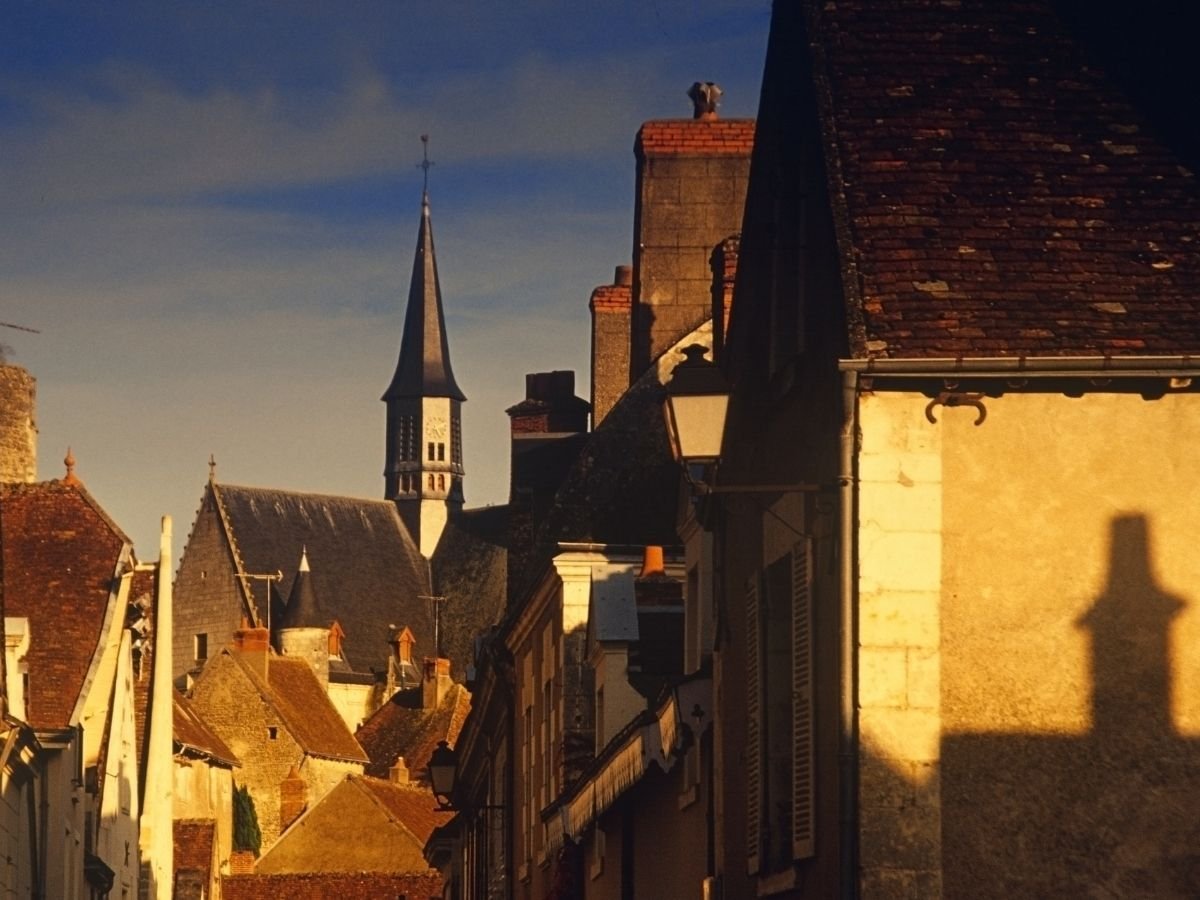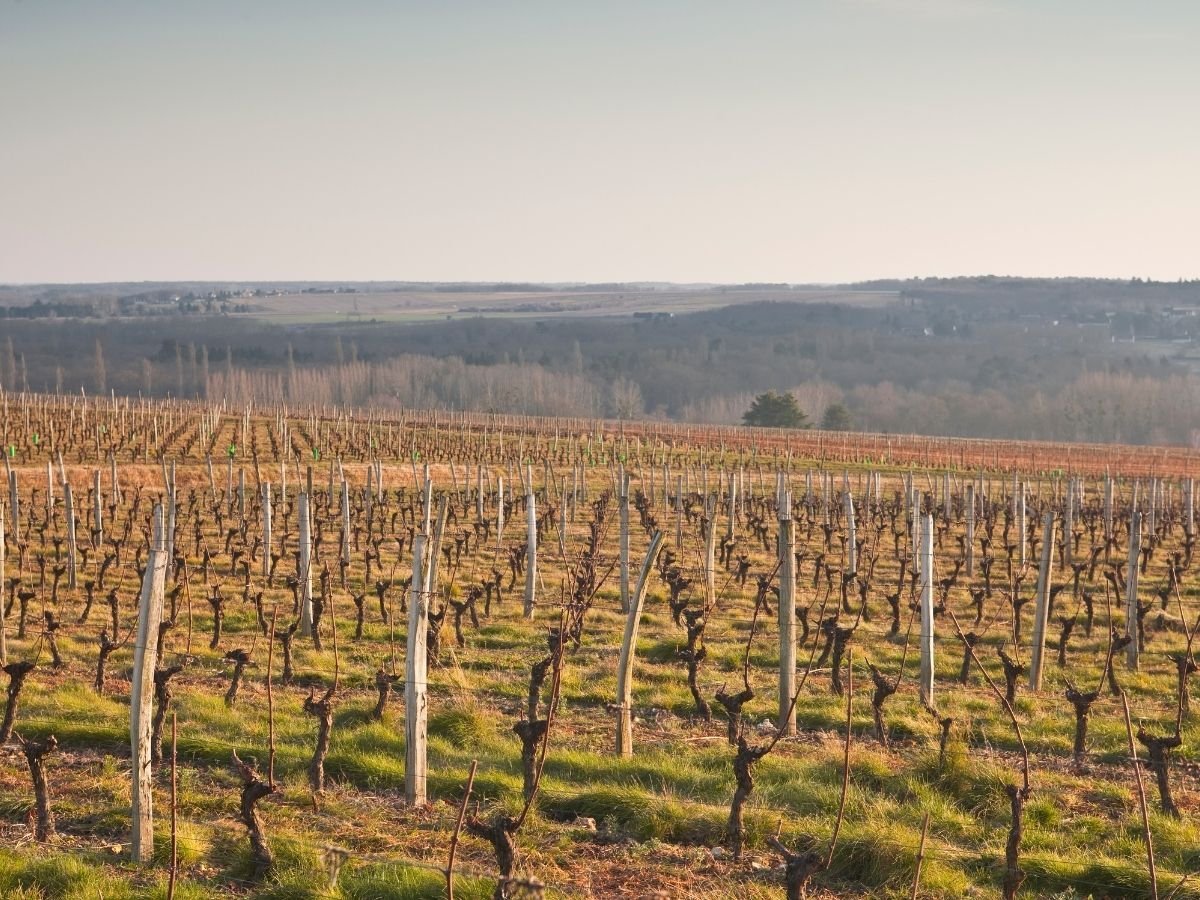Welcome to the magnificent Loire Valley, famous for its majestic castles and renowned vineyards. If you’re looking to combine the two, we have a suggestion for you: visit the castles of Amboise and Chenonceau, which have also given their names to two appellations of Touraine wines.
Start your day by exploring the castle of Amboise, which has overlooked the Loire for centuries. Admire the Gothic and Renaissance architecture, as well as the beautifully maintained gardens. After this visit, head to a local winery for a wine tasting of the Touraine-Amboise appellation. Taste the local wines, produced from grapes grown in the characteristic clay-limestone soils of the region, and discover the nuances of each vintage.
Next, visit the famous castle of Chenonceau, one of the most beautiful castles in the Loire, built on a bridge over the Cher River. After a fascinating visit to this Renaissance gem, relax by visiting a winery of the Touraine-Chenonceaux appellation. Discover the local wines, which are produced from grapes grown on the banks of the Cher, in sandy soils rich in flint. You will be amazed by the unique aromas and flavors of each wine.
In short, a perfect day for history and wine lovers looking for a unique experience in Touraine. And to better prepare for this visit to the winery between Amboise and Chenonceaux, we offer you a better understanding of the local wine appellations. Let’s get started.

AOP Touraine : the major appellation of Loire Valley wines
The AOP Touraine is one of the most important appellations of the Loire Valley. It covers an area of more than 5,000 hectares of vines spread over more than 70 municipalities in the departments of Indre-et-Loire and Loir-et-Cher.
It is also an old appellation : the Touraine AOC was recognized in 1939.
The Touraine appellation has the particularity of being broken down into five distinct geographical sub-appellations, of more recent creation:
- Touraine Amboise (1954)
- Touraine Mesland (1955)
- Touraine Azay-le-Rideau (1976 for white wines, 1985 for red wines)
- Touraine Chenonceaux (2011)
- Touraine Oisly (2011)
AOC or AOP?
Nothing differentiates the wines which bear the AOC mention from those which bear the AOP mention! The main difference between these two appellations is that the AOC is a French label, while the AOP is European.

And it is in the heart of the Loire Valley and its châteaux that the wines of Touraine have taken up residence.
Between Chambord and Azay-le-Rideau, via Amboise, Chenonceaux and Chaumont-sur-Loire, the Touraine appellations extend as far as the eye can see along the Loire and the Cher rivers.
Today we are going to focus on two of these emblematic châteaux (and appellations): Amboise and Chenonceau.
And with the privilege of age, we will start with… Amboise.
Amboise: a visit to be enjoyed without moderation
Amboise will make your head spin right away.
Not because of the great wine tasting experiences that you will find there. But mainly because of the extraordinary wealth of choice that the city offers in terms of touristic attractions. History, culture, architecture, gastronomy… it is all there.
And all this about 150 miles South of Paris. Along with Tours, Saumur and Angers, Amboise is one of the essential stopover towns in the entire Loire Valley and its extraordinary wine route.
ADVERTISING

Partner offer

Become a winemaker for a day with Wecandoo!
Great wine workshops in 🇫🇷
What to do, then, in Amboise?
Three possibilities, among others:
- The Royal Castle of Amboise. Because it is breathtaking, from the inside and from the outside. Because it is steeped in history: for lovers of the Renaissance period and the great minds of that time, it is an absolute must. Leonardo da Vinci is buried in the Saint-Hubert chapel which stands at the top of the castle’s gardens.
- The Château du Clos Lucé. The last residence of Leonardo da Vinci. There again a place steeped in history, but also a large park where various inventions of the Italian “genius” are displayed in real size. Impressive. A visit that will delight young and old folks.
- The town of Amboise itself. Charming and active, the town offers many restaurants, bakeries, cafes, shops. Not to mention that the streets of Amboise will take you back to the times of François Ier, one of the most emblematic kings of the French Renaissance. Back to the Future! Welcome to Amboise.

Which wineries near Amboise to taste wine?
What’s great about Amboise is that you are in the heart of the Loire Valley. You will therefore be able to visit winery cellars which will offer many wine types to from … and several appellations.
Near the city center of Amboise (5 kms to the south), Coralie & Damien Delecheneau will open their doors at the Grange Tiphaine estate to you for a tasting of very fine Touraine Amboise wines but also Montlouis white wines. The wines of La Grange Tiphaine are exceptionally subtle and are available in dry and sweet white wines. A promising winery, not to say a rising star in the Loire Valley region. Quality, the result of hard work and talent. Chauffeur : drive me there!
Also quite close from the center of Amboise, but on the other side of the Loire (North bank), another great winery cellar worth the visit at Château de Montdomaine, a newcomer in the Loire Valley wine landscape . Located in the village of Nazelles-Négron, this pretty little chateau produces wines from the Touraine-Amboise and Vouvray appellations. This is a young dynamic estate, managed by Frédéric and Louisa Plou.

If you are heading towards Tours. Stop for a wine tasting with Laura David, a young and enthusiastic winegrower in Lussault-sur-Loire (commune of Montlouis). And while you are in the neighbourhood, two quality winemakers you definitely want to drop by for a sip : Jacky Blot at the Domaine de la Taille aux Loups and François Chidaine.
If you are heading towards Blois, you can stop in Chargé for a visit at Plou et Fils, a family winery that is open from Monday to Saturday, even during lunch hours.
On the other side of the Loire, in Limeray, you can also stop for a tasting of Touraine Amboise wines at Bonnigal Bodet winery. These two young winegrowers learned their trade with … François Chidaine. No doubt, they were taught well.
Moving on to our next wine and castle stop : Chenonceaux.
Wine tasting in Chenonceaux: before or after visiting the castle?
Before helping you solve the dilemma, let’s take a spelling quiz. Is there really an “x” at the end of Chenonceau(x)?
Well, the answer is yes … and … no.
The Château de Chenonceau is spelled without it. But this same Chenonceau castle is located in the village of Chenonceaux, spelled with an “x”!
We owe this incongruity to Madame Dupin, the owner of the castle during the 18th century. A personal call. Didn’t like people confusing the (aristocratic) Château with the commoners village.
Of all the castles in the Loire Valley, some say that the Château de Chenonceau is the most beautiful of all. A romantic splendor with its five arches spanning over the Cher river. An undeniable architectural feat.

Welcome to Val de Cher, in the heart of the Touraine Chenonceaux appellation
The river Cher valley is an incredible wine region.
From Bléré to Saint-Aignan, you are at the heart of the Touraine Chenonceaux appellation (and yes, the appellation is also spelled with an “x”).
It was in the 18th century that many vines were planted near the towns of Bléré, Chenonceaux, Montrichard and Thésée … until the region’s winegrowers obtained in 2011 the right to attach the mention Chenonceaux to the AOC Touraine. Hence the new appellation.
Touraine Chenonceaux covers an area of barely 40 hectares spread over 27 villages. Less than forty winegrowers are entitled to produce wine of the appellation.
It’s not much.
As a reminder, Touraine Amboise amounts to 200 hectares of vines. And the Touraine “mother” appellation as a whole is more than 5,000 hectares!
We are therefore on a micro-appellation.
And for good reason. The “Touraine Chenonceaux” plots have been carefully selected. On a soil rich in flint, most of the vines are located on steep slopes, which gives the grapes good sunshine, efficient natural drainage and good ventilation (great for preventing diseases).

Tasting Touraine Chenonceaux wines : Thank you. That’s what your taste buds would say (if they could speak)
The wines of Touraine Chenonceaux are produced in two colors: white and red.
The white wines are made from Sauvignon Blanc grapes, which sets them apart from their cousins from Touraine Amboise, which are exclusively made from Chenin Blanc.
The result? Expect a round, powerful wine, with good length, aromas ranging from white flowers, peaches, pears to apricots and citrus, even exotic fruits like pineapple and mango.
A wine that will appeal to gourmet palates.
ADVERTISING

Partner offer

Perfect Wine Picnics.
With smart cooler bags!
The red wines are made from Cabernet Franc and Malbec (better known as Cot in the Loire Valley). The largest proportion being reserved for the latter.
A longer aging process than run of the mill Touraine wines contribute to giving a specific character and elegance to the red wines of Touraine Chenonceaux.
In the glass, subtle aromas of black fruits with subtle notes of licorice and menthol.
Ample, complex red wines with supple and silky tannins: who wouldn’t want to taste this, right now?
Where to taste wine near Chenonceau castle?
Many wineries in the Chenonceaux region provide great wine tasting experiences near Chenonceaux.
Arriving from Tours, you can stop in Bléré at a winery named Domaine de la Grange. The estate is managed by a true artisan winemaker: Bruno Curassier. He offers a beautiful and wide range of wines from the Touraine appellation and more recently … white wined with the Touraine Chenonceaux label. Incredibly affordable wines.
A little further, after visiting the Château de Chenonceau and going towards Montrichard, stop at Domaine Mérieau in the small village of St Julien de Chédon. A family winery that will seduce you with its simplicity, its spirit of conviviality, its promise of (great) wines and authenticity. Ah, and also: wine tastings are possible on Sundays. Isn’t life beautiful?
A little further south, you can also stop for a full wine break a winery named Les Pierres d’Aurèle. A possible “wine and dine” stopover. They offer bed and breakfast and a self-catering cottage in the heart of the vineyards. As for the wines : they are good, not to say … wow, awesome.
How about a trip to Loire Valley on a wine tasting errand of Touraine wines?
So what’s next?
First option: it would be a shame to visit the Loire Valley without starting with a stop in its capital city : Tours. It’s only an hour by the speed train (TGV) from Paris, so why hesitate?
Second option: Go down to you own personal cellar to fetch a bottle of Touraine wine?
Also, if you want to prepare a small “wine and châteaux” weekend, we have developed all the tools to prepare it and make it a success, starting with our interactive Loire Valley wine maps.
Above, you can browse the map of Touraine Chenonceaux and Touraine Amboise wineries. Make your picks.
And enjoy the tasting.






